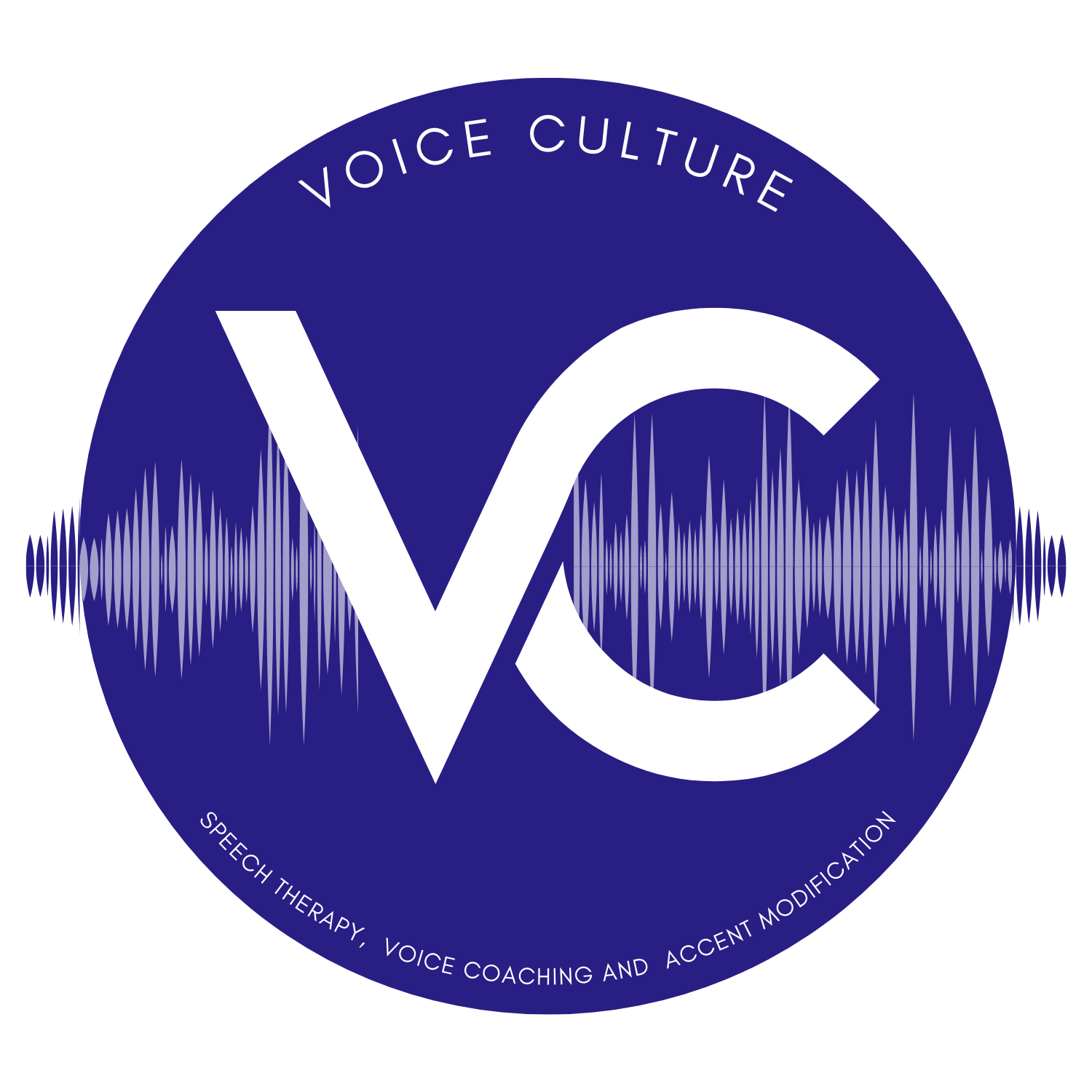
Speech Disorders in Adolescents
Learn to Communicate Clearly and Confidently
What You Need to Know About Speech and Language Disorders
Learn to Communicate Clearly and Confidently
What You Need to Know About Speech and Language Disorders
Speech and language disorders can affect an adolescent's ability to communicate clearly, understand others, and express themselves effectively. These challenges may range from minor sound errors to significant difficulties in forming words and sentences. Addressing these issues during adolescence can help improve social interactions, academic performance, and self-esteem.
What is a Speech Disorder?
Speech disorders are related to the clarity and production of sounds. Your adolescent may experience one of the following:
Articulation Disorder
Difficulty forming sounds correctly, such as saying "woad" instead of "road" or distorting sounds like /s/ (e.g., a lisp).Phonological Disorder
Incorrect patterns in sound production, such as leaving out sounds (e.g., "poon" instead of "spoon") or substituting sounds (e.g., "tar" for "car").Childhood Apraxia of Speech (CAS)
Difficulty planning and coordinating the movements required for speech, leading to unclear sentences or inconsistent pronunciation of words.
Common Signs of a Speech Disorder in Adolescents
Speech is unclear or difficult to understand.
Frequently misunderstood by others.
Omits sounds or parts of words.
Struggles with fluency (e.g., repeats sounds or words).
Displays a husky, strained, or unusual voice quality.
Speech disorders can significantly impact an adolescent's ability to connect socially and succeed academically. Around 9% of young people experience some form of speech disorder, making early intervention crucial.
Book an Assessment
To schedule an initial assessment or to speak with one of our therapists, contact us and we’ll be in touch.
